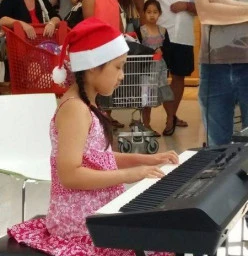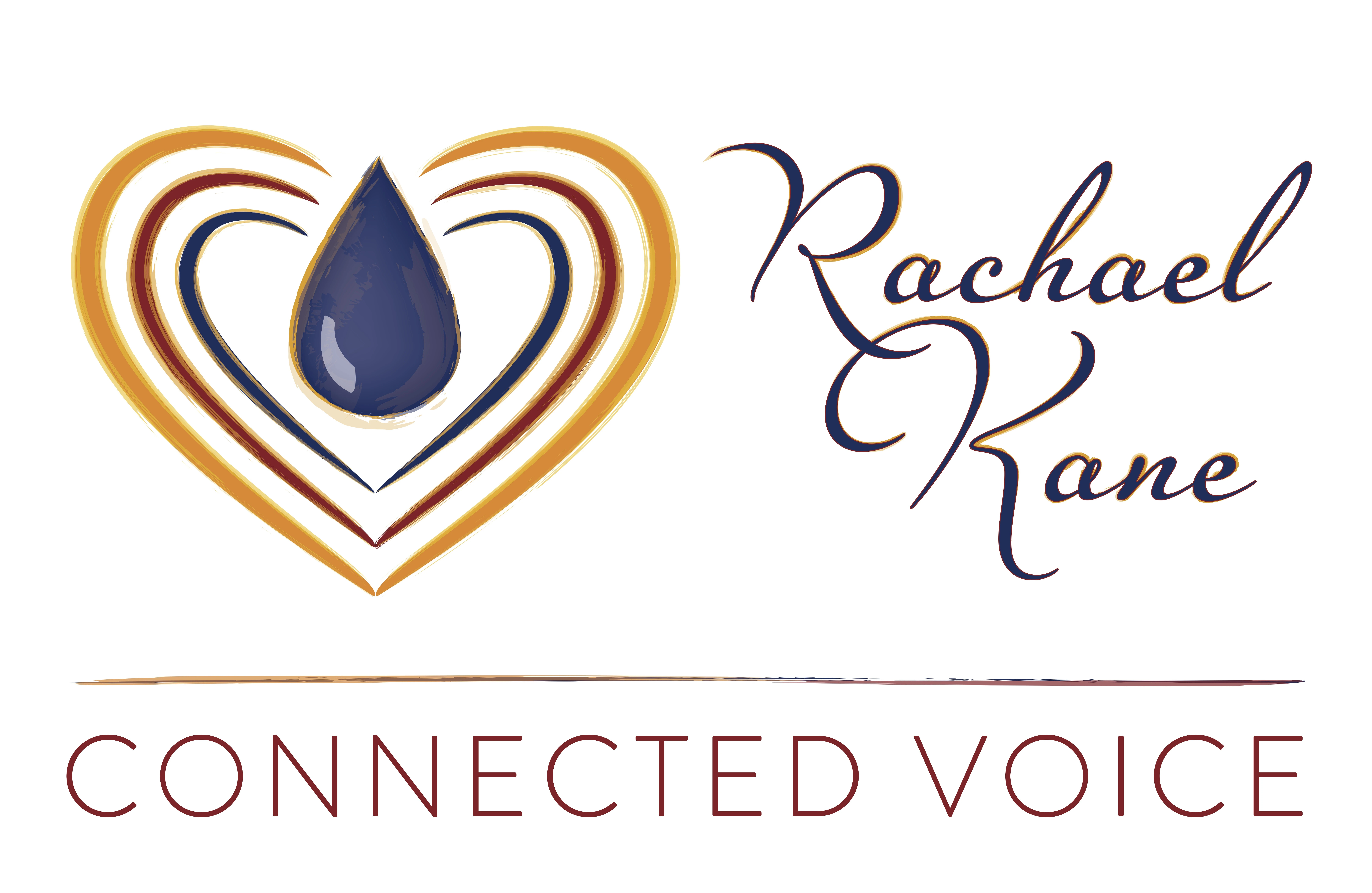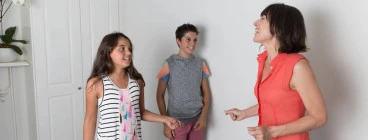- 2 Marche Crt, Hoppers Crossing, VIC 3029
- Services Truganina and 30 other suburbs
- Business can travel to you
- Overall rating: 5.0
- Awards: #1 Most Popular in Laverton for 2023
Public Speaking Classes & Lessons - Truganina (3029)
West Melbourne, the Melbourne Region, Victoria (VIC)
Best match results for public speaking classes & lessons in Truganina + 5km.
Hi welcome to Davies Music School. We are a music school in 5 main locations. We have over 300 students and growing rapidly in the area. Our Motto is Growing student to reach their full potential and we provide the lessons at an affordable price. We are very competitive with other music schools around. We teach Piano, Guitar, Violin, Drums, Vocals and other instruments. Many of our teachers are qualified educators as well and work well with young kids and adults. All our teachers have police checks... Read more
Other related businesses in and around Truganina (within 20km)
Connected Voice is a Singing and Self-Expression studio for kids and adults in Melbourne offering individual and group classes. The classes support kids to re-connect to their natural presence and confidence and develop their own unique expression. INDIVIDUAL LESSONS Singing lessons for kids offers them a safe and supportive environment to be themselves and express who they are from within. Offering them a way of singing that comes from a foundation of being your true self and expressing... Read more
- 434 St Kilda Road, Suite 205a, Melbourne CBD, VIC 3000
- 10-20 km from Truganina





